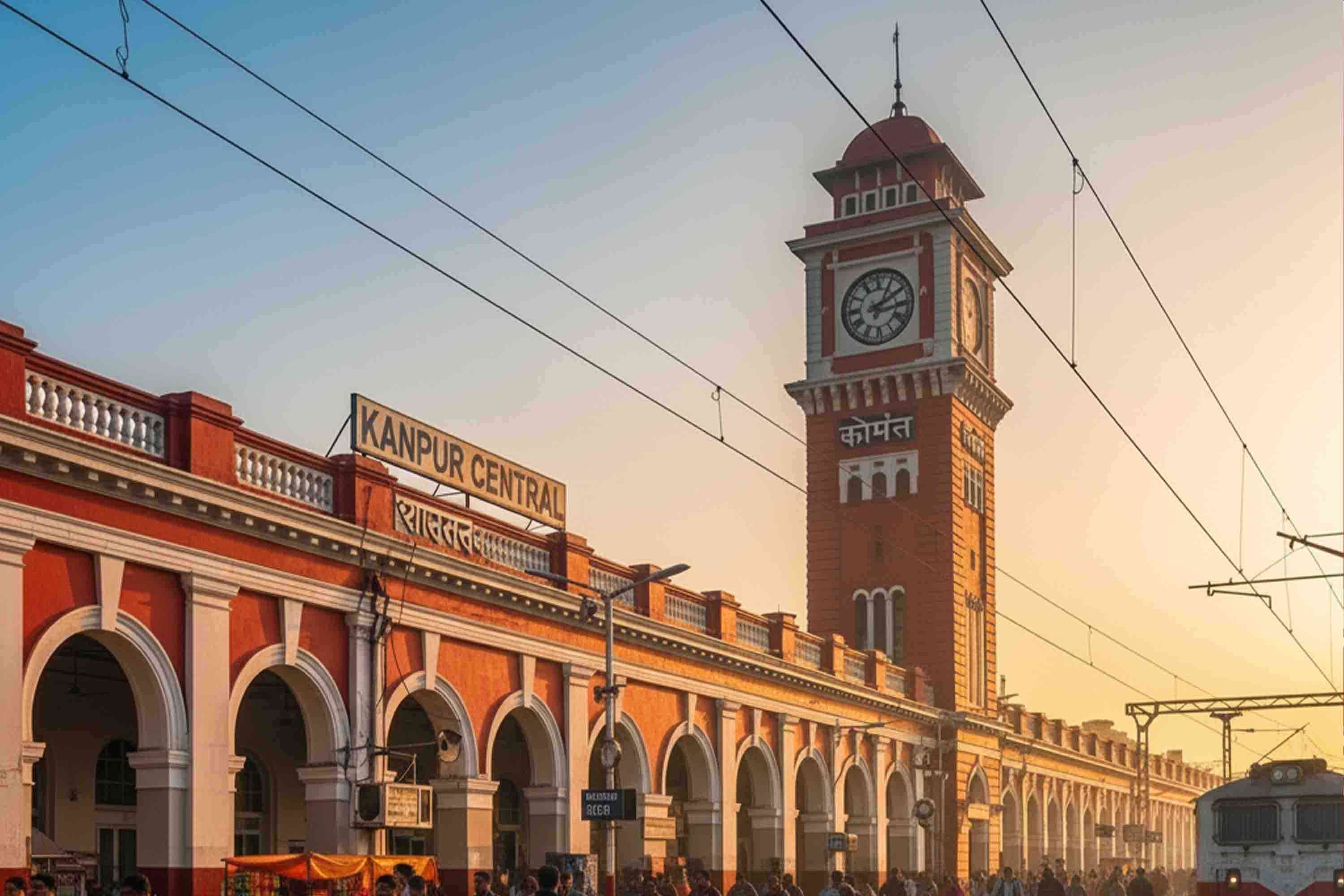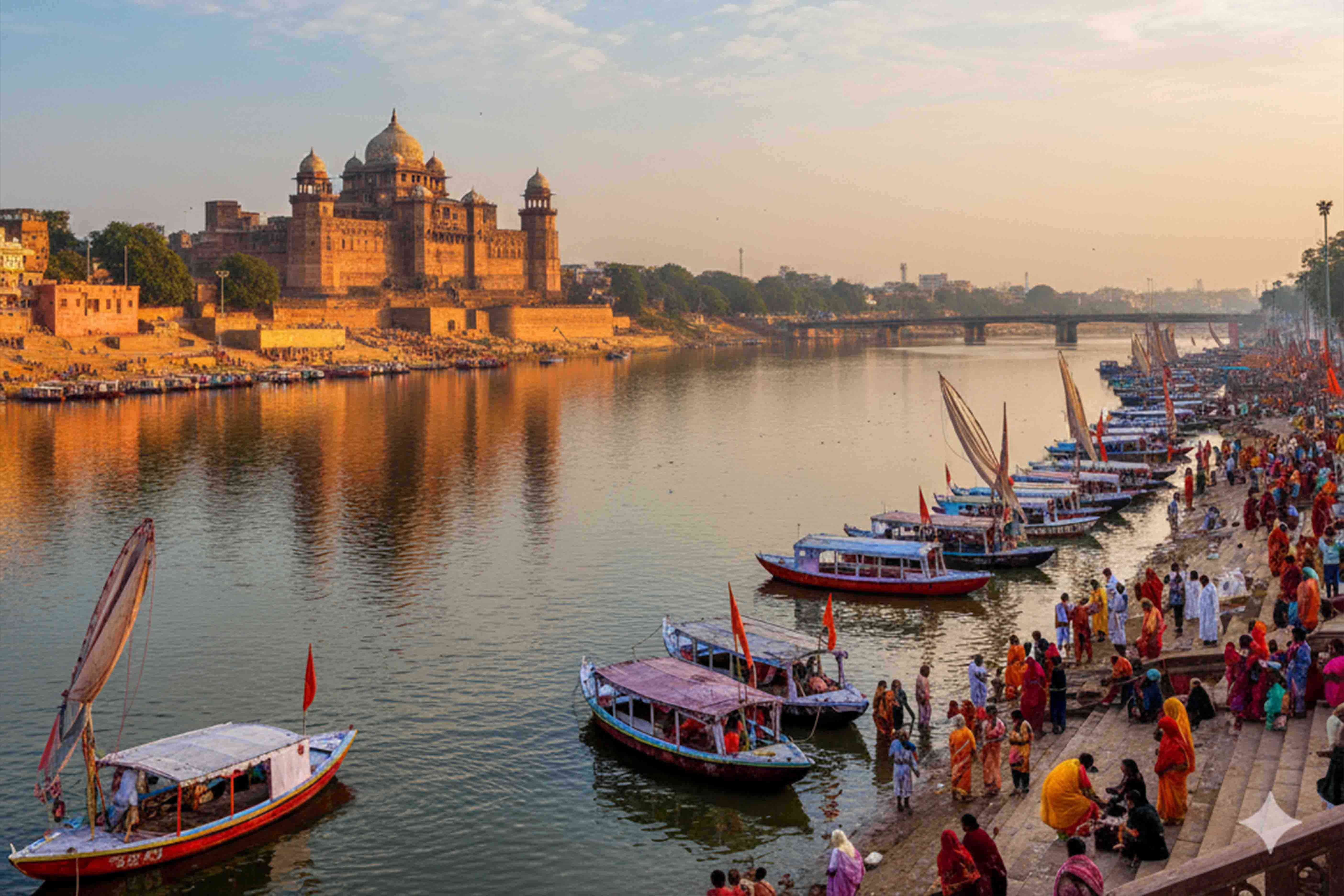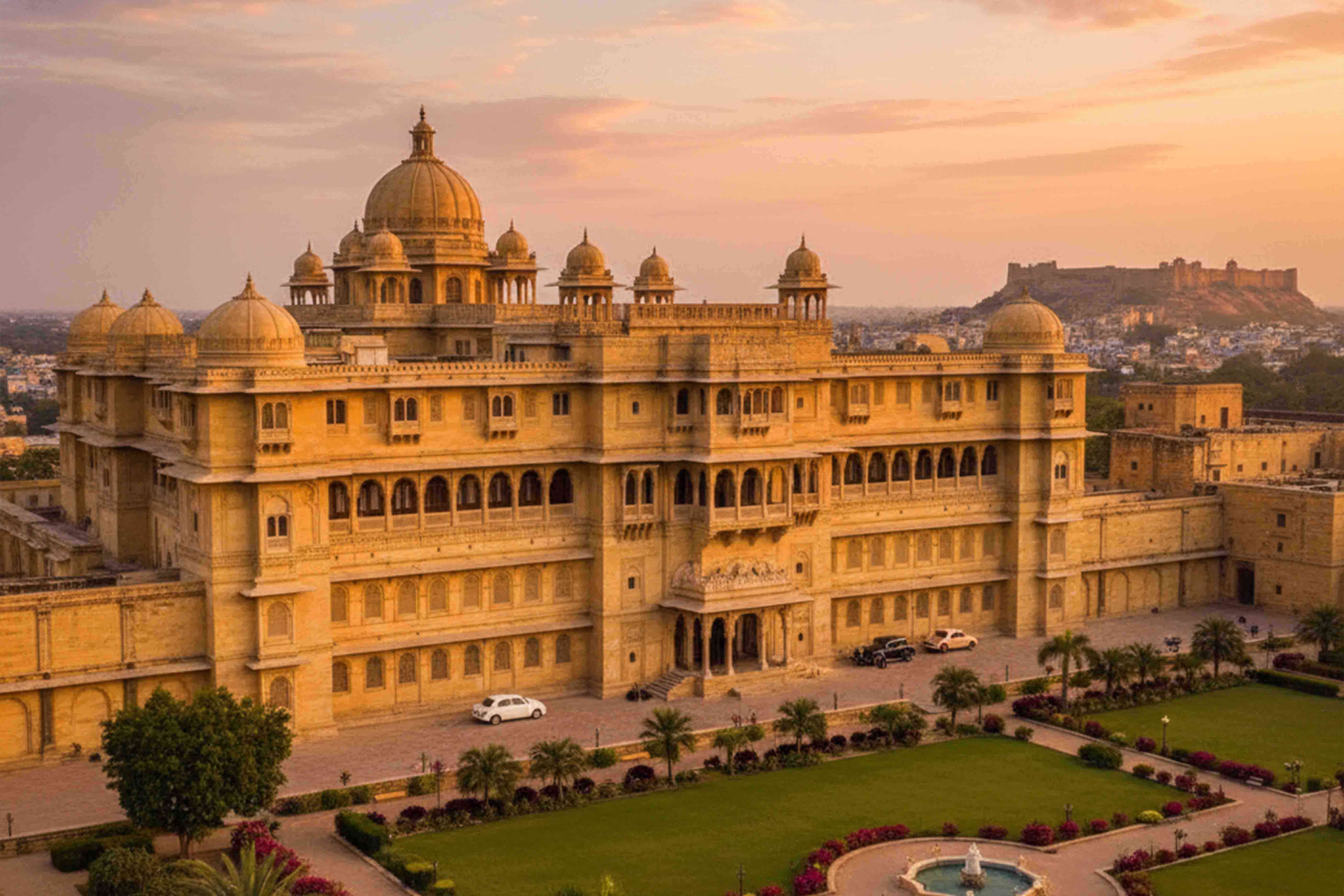
Kanpur: Manchester of the East
- City Kanpur
- September 17, 2025
- 287 views
Tracing the Industrial Legacy of India’s Leather & Textile Hub
When we think of Kanpur, we often recall its bustling streets, the aroma of Thaggu ke Laddu, or the sprawling IIT campus. But beyond the everyday hustle, Kanpur holds a glorious industrial past that once earned it the title “Manchester of the East.”
The Rise of Kanpur as an Industrial Powerhouse
During the British colonial era, Kanpur emerged as one of India’s most significant industrial towns. Situated on the banks of the Ganga, its strategic location, railway connectivity, and abundant labor force made it a hub for textiles, leather, and engineering industries.
By the early 20th century, Kanpur was home to some of the largest textile mills in India, such as:
- Elgin Mills (established in 1862, one of the oldest cotton mills in India)
- Victoria Mills
- Muir Mills
These mills produced fine cotton and woolen products that were exported worldwide. The boom was so big that Kanpur was often compared with Manchester in England—the global textile capital.
The Leather Capital of India
Alongside textiles, Kanpur also gained fame for its leather industry. The city became one of the largest producers of leather products, supplying boots, saddles, and belts to the British army.
Even today, Kanpur is recognized as the Leather City of India, contributing significantly to India’s export market with products like:
- Footwear
- Saddlery & harness
- Leather garments
- Bags & accessories
The cluster of leather tanneries in Jajmau is still considered one of Asia’s largest.
⚙️ Engineering & Manufacturing Growth
Kanpur’s industrial journey was not limited to leather and textiles. The city also developed a strong engineering and manufacturing base. From small machine units to large-scale factories, Kanpur supported the growth of industrial equipment, defense supplies, and chemical industries.
The presence of IIT Kanpur later strengthened the city’s identity as a place where tradition met technology.
The Decline of Mills
Unfortunately, the glory of Kanpur’s textile mills began to fade in the late 20th century due to:
- Mismanagement and outdated technology
- Rising competition from other cities
- Labor unrest and financial troubles
By the 1990s, many historic mills shut down, leaving behind crumbling buildings and fading memories of a once-booming textile hub.
The Present & Future
Despite its struggles, Kanpur continues to reinvent itself:
- Leather exports remain its backbone, with global markets recognizing Kanpur’s craftsmanship.
- IIT Kanpur has positioned the city as a hub for innovation, startups, and R&D.
- New industries in IT, chemicals, fertilizers, and defense manufacturing are slowly reshaping the economic landscape.
✨ Conclusion
Kanpur’s title as the “Manchester of the East” is not just a phrase—it’s a reminder of a city that once clothed armies, powered industries, and made India proud on the global stage. While the textile chimneys may no longer smoke, the spirit of entrepreneurship and resilience still defines Kanpur.
With modernization, innovation, and support for local industries, Kanpur is on its path to reclaim its lost glory—this time not just as Manchester of the East, but as a global industrial hub of the future.







